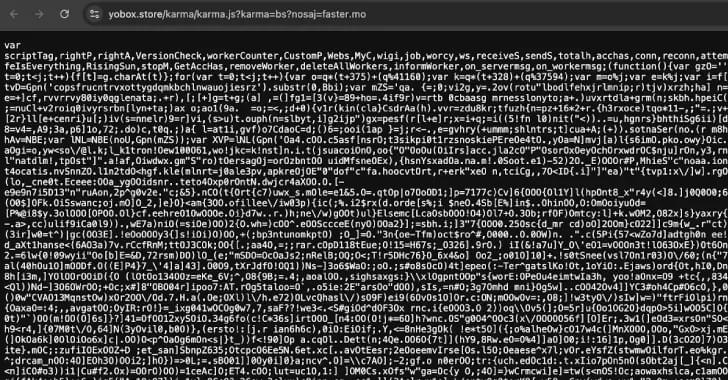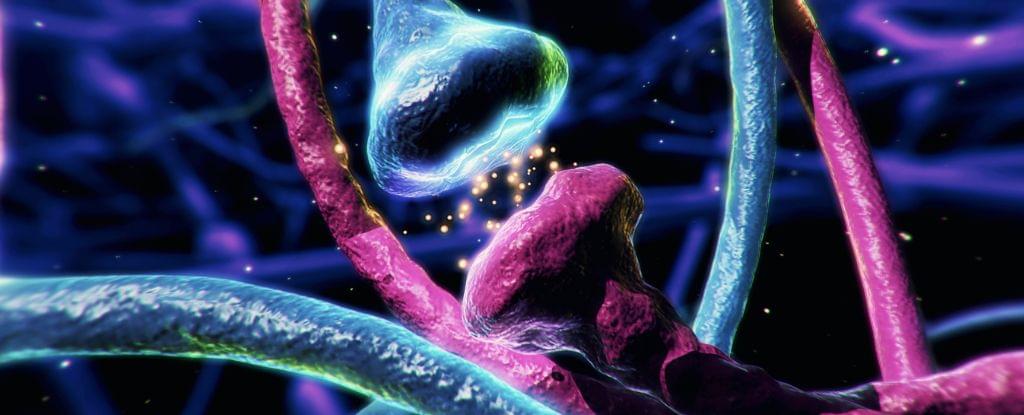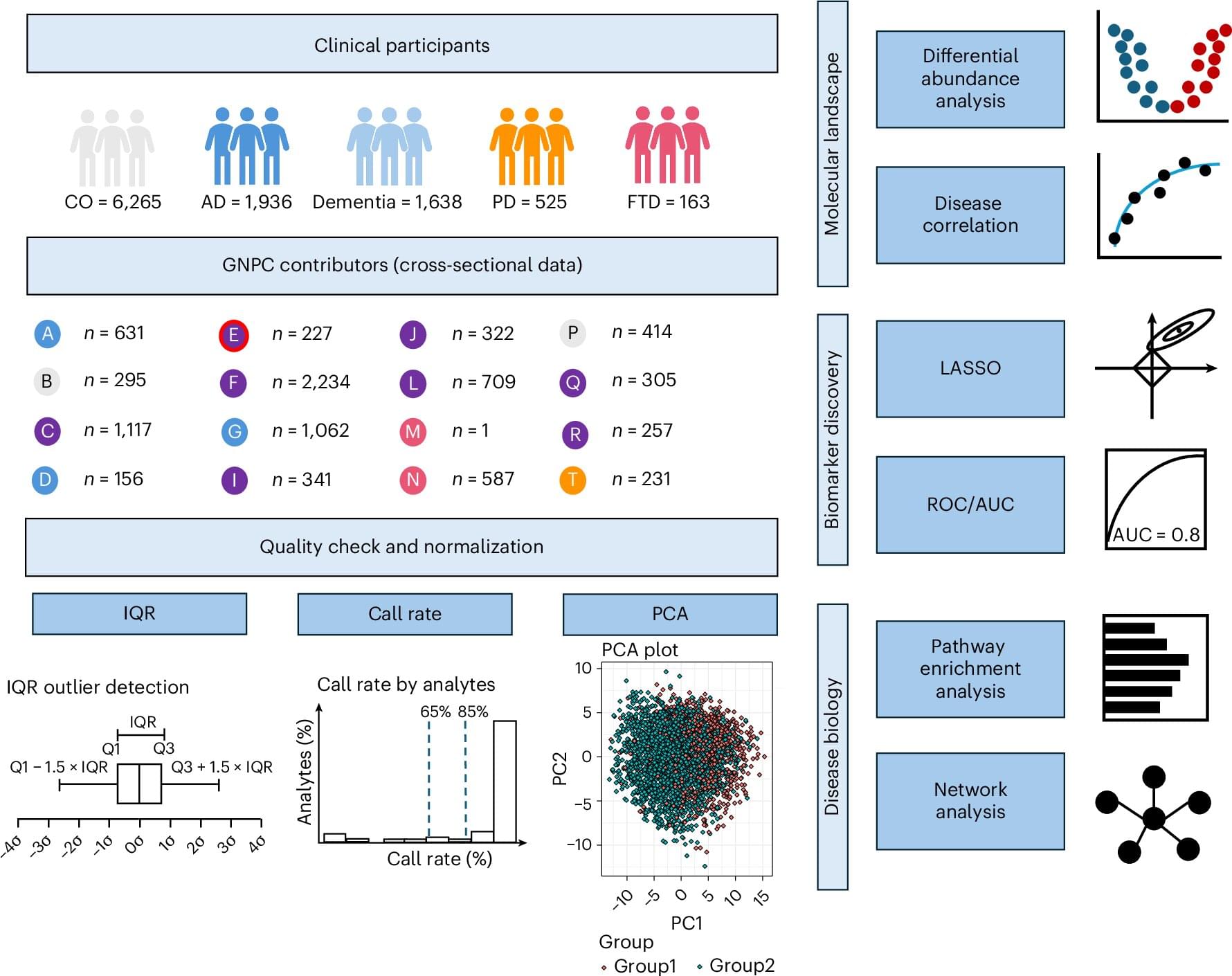What happens when scientists design flower mixes not just for beauty, but to supercharge pollinator visits? You get gardens bursting with color, and bees that can’t stay away.






A new attack campaign has compromised more than 3,500 websites worldwide with JavaScript cryptocurrency miners, marking the return of browser-based cryptojacking attacks once popularized by the likes of CoinHive.
Although the service has since shuttered after browser makers took steps to ban miner-related apps and add-ons, researchers from the c/side said they found evidence of a stealthy miner packed within obfuscated JavaScript that assesses the computational power of a device and spawns background Web Workers to execute mining tasks in parallel without raising any alarm.
More importantly, the activity has been found to leverage WebSockets to fetch mining tasks from an external server, so as to dynamically adjust the mining intensity based on the device capabilities and accordingly throttle resource consumption to maintain stealth.


Dopamine is one of the most extensively studied chemical messengers in the human brain, and yet scientists are still figuring out how it works to accomplish so much.
For years, the classic view has been that, when released, dopamine slowly diffuses through the brain like a chemical megaphone, broadcasting information far and wide to numerous target cells.
Recently, however, that perspective has changed. Newer research suggests that dopamine is also capable of short, sharp whispers, precisely directed within milliseconds to neighboring cells.

A new risk prediction tool developed by the American Heart Association (AHA) estimated cardiovascular disease (CVD) risk in a diverse patient cohort more accurately than current models, according to a recent study published in Nature Medicine.
The tool, called the Predicting Risk of Cardiovascular Disease EVENTs (PREVENT) equations which was developed in 2023, could help health care providers more accurately identify patients who have higher CVD risk and enhance preventive care efforts, according to Sadiya Khan, the Magerstadt Professor of Cardiovascular Epidemiology and co-first author of the study.
“Evaluating the new PREVENT equations in a diverse sample of patients is critical to provide primary care providers and cardiologists with further assurance that they can utilize these equations to accurately predict patients’ CVD risk, particularly in vulnerable populations,” said Khan, who is also an associate professor of Medical Social Sciences in the Division of Determinants of Health and of Preventive Medicine in the Division of Epidemiology.


Scientists know that many proteins and pathways are involved in the development and progression of neurodegenerative conditions such as Alzheimer’s disease, Parkinson’s disease and frontotemporal dementia (FTD), and that these proteins can be detected in the plasma of people with the conditions.
But it hasn’t been clear exactly which proteins are distinct to one disease vs. shared among two or more of them, adding to the difficulty both of diagnosing these complex diseases from blood samples and of developing effective treatments.
A new study by Washington University School of Medicine in St. Louis researchers, published in Nature Medicine, provides some answers. Led by Carlos Cruchaga, the Barbara Burton & Reuben Morriss III Professor in the Department of Psychiatry and director of the NeuroGenomics and Informatics Center at WashU Medicine, the researchers analyzed protein activity in more than 10,500 blood plasma samples from patients with Alzheimer’s disease, Parkinson’s disease or FTD.